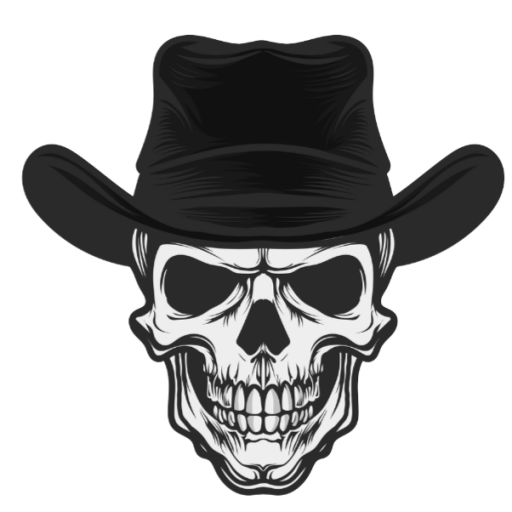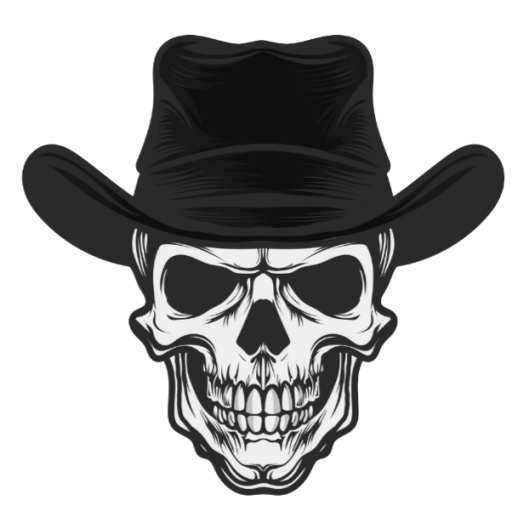Facebook Ads remain one of the most powerful tools for businesses seeking high-quality leads. But simply running ads isn’t enough. Without proper optimization, even a well-funded campaign can underperform. In this comprehensive guide, you’ll learn how to optimize Facebook ads for lead generation step by step, with practical strategies to improve your results, reduce costs, and attract leads that actually convert.
![]()
1. Set Clear Lead Generation Objectives
Before you start creating ads, define exactly what you want to achieve. Lead generation can mean different things for different businesses:
-
Newsletter subscribers: Grow your email list with users interested in your industry.
-
Sales leads: Capture contact information for direct sales outreach.
-
Event or webinar registrations: Drive sign-ups for your online or offline events.
-
Free trials or downloads: Attract users to try your product or download resources.
Tip: Each goal should have a measurable KPI (Key Performance Indicator) such as cost per lead (CPL), number of form submissions, or conversion rate. Clear goals help guide ad design, targeting, and budget allocation.
2. Identify and Refine Your Audience
Targeting the right audience is crucial. Facebook offers advanced tools to reach people most likely to become leads.
a) Custom Audiences
-
Target users who already know your brand, such as past website visitors, app users, or your email subscribers.
-
Example: Retargeting users who visited your product page but didn’t submit a form.
b) Lookalike Audiences
-
Find new users similar to your existing high-value customers.
-
Example: Create a 1% lookalike audience of your top 100 customers to maximize conversion probability.
c) Detailed Targeting (Interests & Behaviors)
-
Narrow down by interests like “Digital Marketing,” “Fitness Enthusiasts,” or “Online Learning.”
-
Behaviors such as recent purchase activity, device usage, or travel habits can help refine targeting.
Pro Tip: Start narrow to control ad spend and test performance. Gradually expand once you identify your most responsive audience.
3. Craft Ads That Convert
The ad creative is often the first touchpoint a lead has with your brand. Optimize it for clarity, relevance, and action.
a) Ad Formats
-
Single Image Ads: Simple and effective for quick messaging.
-
Carousel Ads: Highlight multiple products or benefits in one ad.
-
Video Ads: Engage audiences with storytelling and product demonstrations.
-
Lead Ads: Directly embed forms within Facebook for frictionless submissions.
b) Copywriting Tips
-
Focus on benefits over features. Explain what users gain, not just what your product does.
-
Use action-oriented CTAs: “Sign up now,” “Download your free guide,” or “Book a free consultation.”
-
Keep headlines short and compelling. Highlight urgency, value, or exclusivity.
c) Visual Optimization
-
Use high-quality, mobile-friendly images or videos.
-
Incorporate brand colors and readable text overlays.
-
A/B test different visuals to see which performs best with your audience.
4. Optimize Your Lead Forms
If you use Facebook Lead Ads, the form itself is a critical part of the optimization process.
-
Keep it short and simple: Only ask for essential info (name, email, phone).
-
Use multiple-choice or pre-filled fields to reduce friction.
-
Add context: Explain why users should submit the form (“Get your free eBook instantly”).
-
Privacy assurance: Include a clear disclaimer about data usage.
Pro Tip: Progressive profiling works well. Gather basic info first, then request more details gradually through follow-up campaigns or email sequences.
5. A/B Testing for Continuous Improvement
Optimizing Facebook ads is never a one-time task. Constant testing improves efficiency and lead quality.
-
Test Headlines: Which wording drives more clicks?
-
Test Creatives: Compare images, videos, and carousel combinations.
-
Test Audiences: Run campaigns with different custom, lookalike, or interest-based audiences.
-
Test CTA Placement: Buttons like “Sign Up” vs. “Learn More” may impact conversions differently.
6. Monitor Performance Metrics Closely
Key metrics to track include:
-
Cost per Lead (CPL): How much each lead costs.
-
Conversion Rate: Percentage of users who complete your form after clicking your ad.
-
Click-Through Rate (CTR): Measures ad engagement.
-
Lead Quality: Evaluate leads based on likelihood to convert to paying customers.
Pro Tip: Don’t just focus on the lowest CPL. A slightly higher-cost lead may be more valuable if it converts better downstream.
7. Retargeting for Higher Conversions
Not every user converts immediately. Retargeting allows you to capture leads who didn’t convert on their first interaction.
-
Retarget website visitors who abandoned forms.
-
Retarget users who engaged with your Facebook or Instagram content.
-
Retarget previous leads for upsells, cross-sells, or recurring offers.
This ensures your ad spend is maximized and your leads pipeline stays active.
8. Optimize Landing Pages
If your Facebook ad directs users to a landing page:
-
Ensure the page matches the ad message for consistency.
-
Keep forms above the fold to reduce friction.
-
Optimize for mobile devices, fast loading, and intuitive design.
-
Use social proof like testimonials or case studies to increase trust.
Pro Tip: Even small improvements in your landing page can dramatically reduce CPL and improve lead quality.
9. Automation and Follow-Up
Generating leads is just the first step. Optimizing Facebook ads for lead generation also involves:
-
CRM integration: Automatically send new leads to your CRM system.
-
Email nurturing: Follow up with automated email sequences to convert leads into customers.
-
Lead scoring: Identify and prioritize high-potential leads for sales outreach.
Automation ensures leads are captured and nurtured efficiently, increasing overall ROI.
10. Scaling Your Lead Generation Campaigns
Once you’ve found a winning combination:
-
Gradually increase budgets while monitoring CPL.
-
Expand audiences with new lookalikes or interest-based groups.
-
Duplicate high-performing ads with slight variations to test performance in different segments.
💡 Pro Tip: Avoid scaling too quickly, as sudden increases can trigger higher CPL and lower conversion rates.
Conclusion
Optimizing Facebook ads for lead generation is a holistic process that combines strategic targeting, high-quality creatives, frictionless forms, continuous testing, and effective follow-up. By implementing these steps, businesses can:
-
Generate more qualified leads
-
Reduce advertising costs
-
Improve overall ROI
-
Build a strong, automated lead generation system
Start small, track results, test rigorously, and scale strategically. Over time, these efforts will transform your Facebook campaigns into a reliable and efficient lead generation engine.



